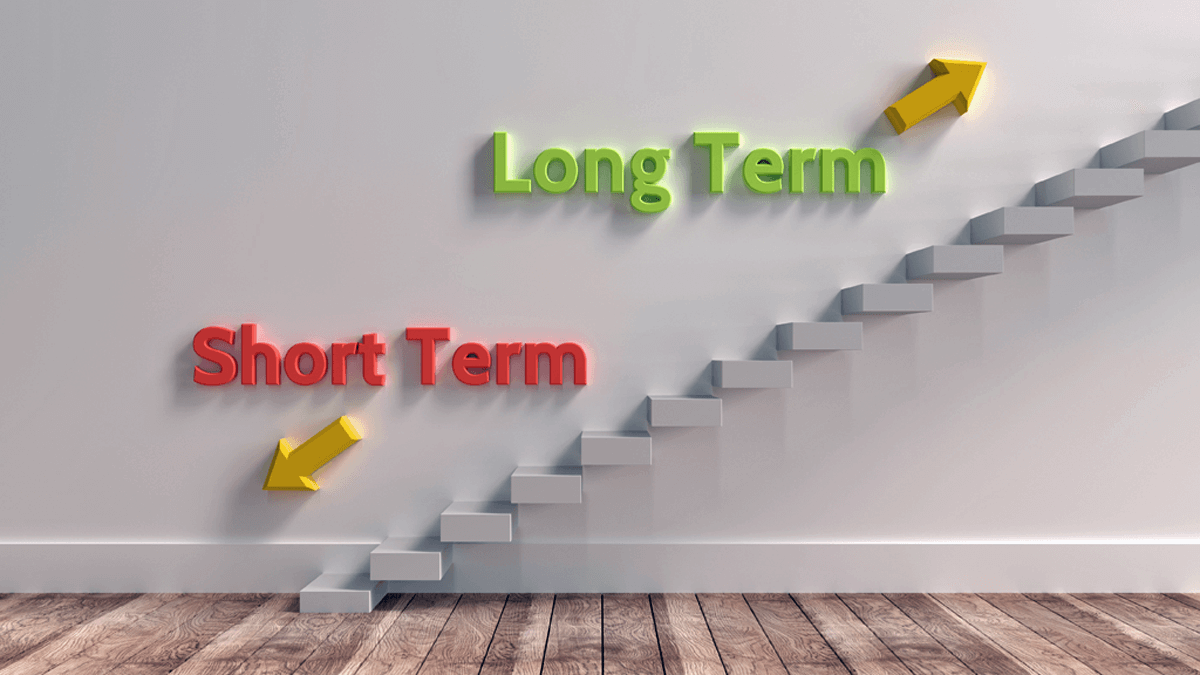Our research shows “strong value propositions” are the #1 driver of B2B organic growth: The ability to develop such value propositions separates the “winners” and “losers.” Here are the 3 growth drivers (out of 24) that show the greatest competency differences between these winners and losers: #1 Front-end Work (creating a compelling business case), #2 Market Concentration (disproportionately focusing resources on attractive market segments), and #3 Customer Interviews: (gaining the insights needed to establish your value proposition).
More in research report, What Drives B2B Organic Growth?
Let’s see: How about gymnasts… golfers… chess masters… rock climbers. Yep, anyone who seeks the championship focuses intently on first building their capabilities and skills. They know this is the only way to get superior results. But what about many business leaders? Do they fixate more on capabilities or results? It seems many “show up” each quarter hoping for great results, without having done anything meaningful to build growth-ensuring capabilities.
More in article, B2B Organic Growth: Moving to earned growth
Imagine you’re a long-distance runner and some spectators in the stands have side-bets on how you’ll do this lap. Would you pay attention to them? Would you increase your pace just to make them happy… and lose the race as a result? This is precisely what you do when you pursue quarterly results “at all costs.” Remember, Wall Street analysts don’t give a fig about your company’s long-term well-being. That’s your job.
More in article, B2B Organic Growth: Moving to earned growth
Research published in Harvard Business Review showed companies exhibiting long-term behavior have higher revenue, earnings, job creation, and market capitalization. Clearly, the key to shareholder wealth is long-term behavior, not short-term. If you’re at a financial review discussing revenue, price and margins, you are engaged in a spectator sport. What if your meetings three years ago focused on developing blockbuster products? That was a participant sport, because your longer time horizon allowed you to impact future financial performance. Not just talk about it.
More in video, Leader’s Guide to B2B Organic Growth series, Video Lesson #7
Do you want to think only about your next move, or think five moves ahead? Here’s a 5th order plan to maximize shareholder wealth: 1st Order: Develop superior customer insight capabilities. 2nd Order: Understand market needs better than competitors. 3rd Order: Develop high-value products focused only on these needs. 4th Order: Sustain superior growth from these products. 5th Order: Impress shareholders with your proven growth track.
More in article, Stop Stifling B2B Organic Growth with 2nd Order Effects
Every business leader becomes known for something. You might be a remodeler, always “fixing the place up.” Improving productivity or quality is helpful, but nothing new is created. Others are decorators, trying to boost “curb appeal” every quarter. Yet others are realtors, focused on M&A, not organic growth. Your company was founded by builders. Be the builder focused on delivering value to customers, so your business grows… and your employees enjoy stable, rewarding careers.
More in video, Leader’s Guide to B2B Organic Growth series, Video Lesson #2
There are two types of unearned growth: 1) Inherited Growth comes from great products your employees created long ago, and 2) Market Growth is driven by your customers’ growth. You influence neither today. Earned Growth occurs when you surpass competitors in meeting customer needs. Normal accounting doesn’t separate earned from unearned, but you should. You may be living on borrowed time, when you should be the master of your own destiny.
More in article, B2B Organic Growth: Moving to earned growth
In the early 1900’s the French colonial government tried to decrease the Hanoi rat population by rewarding bounties on each rat tail turned in. The second-order effects were 1) lots of tail-less rats roaming the streets, and 2) rat-breeding farms for tail harvesting. When your business leaders slash R&D spending, invoke travel bans, cut marketing staff, and delay hiring… what second-order effects will come as a result? Perhaps slower future growth? Rats.
More in article, Stop Stifling B2B Organic Growth with 2nd Order Effects
A large, unexpected revenue upturn this quarter feels good, right? But the satisfaction is fleeting. What you need is growth that is unrelenting, earned and reliable. If your growth is serendipitous—not the result of superior growth capabilities—you’re just setting yourself up for problems in 12 months. That’s when you’ll be held accountable for year-over-year results. Then you’ll be expected to repeat last year’s revenue windfall and then some.
More in article, B2B Organic Growth: Moving to earned growth
A good business leader understands that every decision will have second-order effects after the initial “intended consequence.” Slower future growth is the second-order effect that often follows these decisions: 1) severe spending cuts, 2) rapid re-organizations, 3) hiring freezes, 4) travel bans, 5) R&D staffing cuts, 6) marketing staffing cuts, 7) new initiatives that distract, and 8) excessive M&A activities. Some such decisions may be needed… but consider the second-order impact on your growth.
More in article, Stop Stifling B2B Organic Growth with 2nd Order Effects
It may seem counterintuitive, but many business leaders focus too much on business results. Wise leaders balance the pursuit of results with capabilities. Can you name any endeavor—rock-climbing, martial arts, chess—where champions didn’t first build their capabilities? Their victories (results) came later. When you see a leader fixated on quarterly results, picture an amateur climber at the base of El Capitan. He has the wrong shoes, no climbing skills and flabby abs… in other words, no capabilities. But boy oh boy, is he ever eager to climb. Yes, he wants results.
More in video, Leader’s Guide to B2B Organic Growth series, Video Lesson #9
I hear this all the time: “We just finished trimming our costs, and now it’s time to grow.” Another variation: “Our last CEO focused on operational efficiency, but our new CEO wants growth.” This is nuts. If you run a business, B2B organic growth isn’t an initiative. It’s your job. All the time. Profitable, sustainable organic growth is the only way to ensure your company’s value keeps rising and your employees can count on stable employment. Who wins a race by wandering on and off the track?
More in article, B2B Organic Growth: Moving to earned growth
Leadership is less about motivating employees to create value for customers… and more about equipping them with the tools, training, and environment for doing so. A good leader provides and clears the path for innovation. When employees gain customer-insight skills and are free to practice them, they “rise to the occasion.” Sadly, some leaders’ net impact on innovation is more negative than positive due to their short-term actions, e.g. travel bans, hiring delays and spending freezes. They would boost innovation by staying home.
More in e-book, Leader’s Guide to B2B Organic Growth
How often have you heard this at a financial review meeting, “Well, one reason our revenue is lagging today is that crazy spending freeze we put in place last year”? If you’ve never heard this, it’s because leadership was fixated on last year’s first-order action (making the quarterly numbers), not the second-order effect (slower growth later). And they probably remain so today. If so, what does this tell us about a) our ability to learn from our mistakes, and b) our future growth prospects?
More in article, Stop Stifling B2B Organic Growth with 2nd Order Effects













